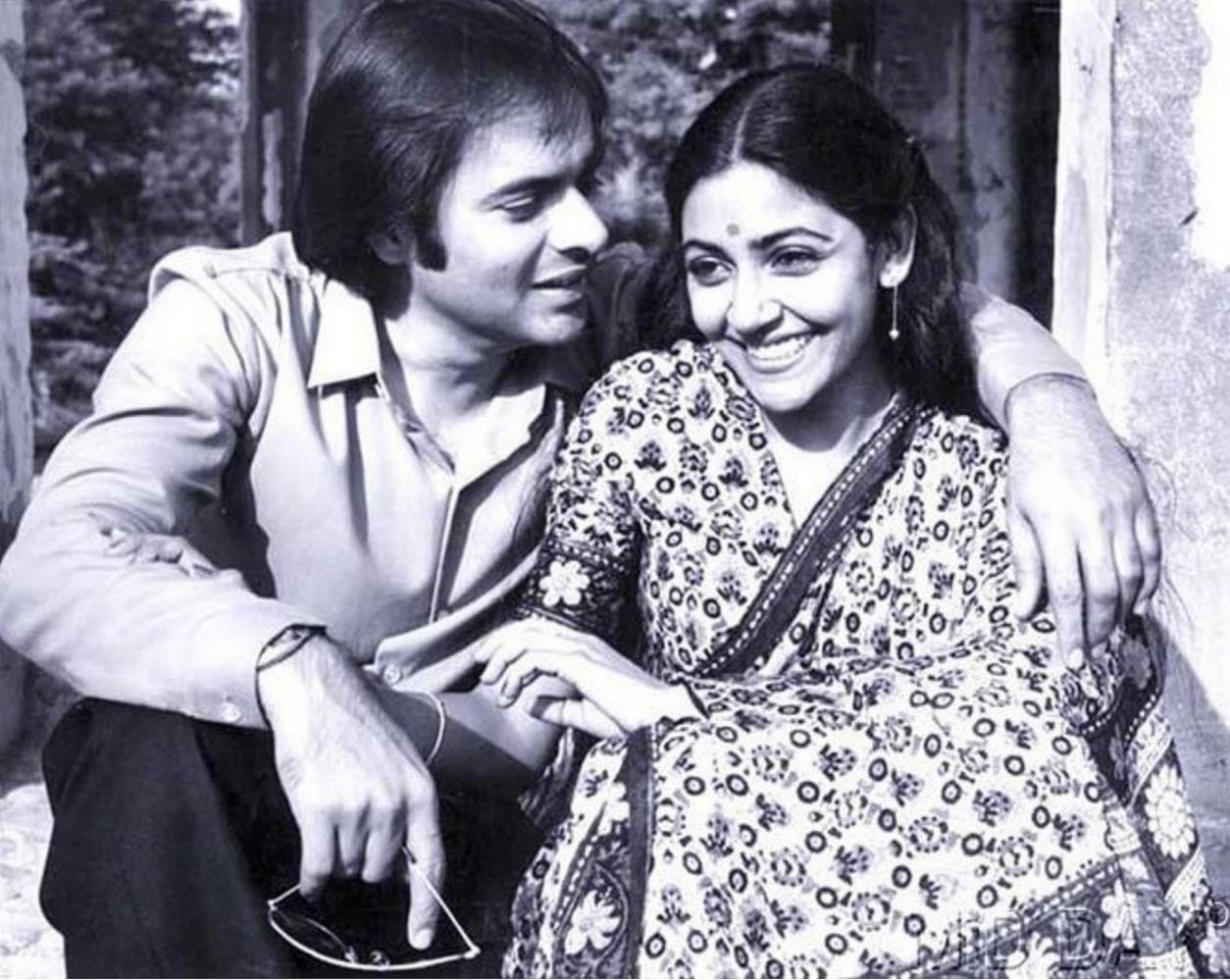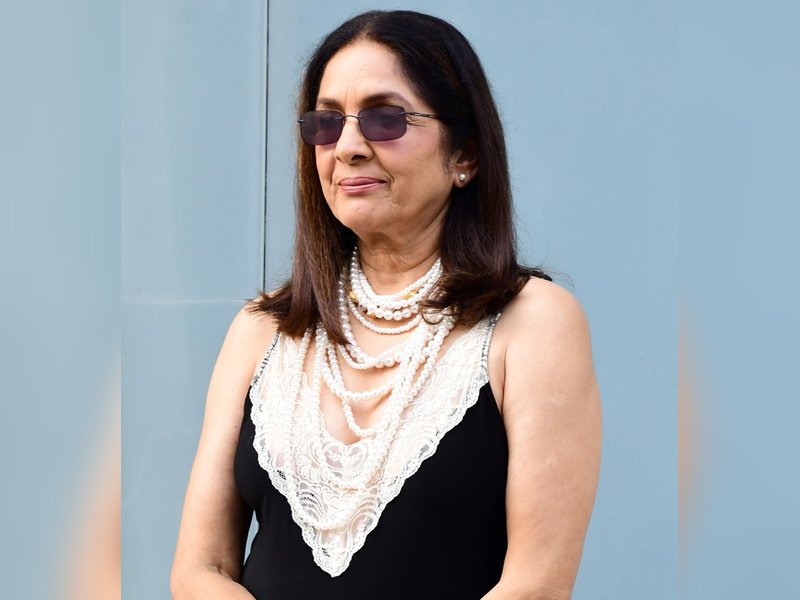
Odissi, spelled also Orissi, is among the eight Indian classical dance forms and for its lyrical beauty, sculptural postures, and deep spiritual origin. Odissi originated in the state of Odisha and is more than a dance, being a living form of faith, myth, and tradition that goes back centuries. Odissi ranks among the oldest living classical dance forms of India, tracing its origins more than 2,000 years back.
Ancient Origins
Odissi originated from temple rituals, specifically those done as a service of offering to Lord Jagannath at the renowned temple at Puri, Odisha. Traditionally, the dance was done by Maharis (female temple dancers) within the sanctum sanctorum as an act of "seva" or devotional service. Subsequently, male dancers in the form of Gotipuas—who performed dressed as women—carried on the tradition once performances began outside the temples.
Statues from ancient temples like Konark Sun Temple and Lingaraj Temple illustrate numerous poses and movements used in Odissi, attesting to its strong foundation in Indian heritage.
Unique Features
What distinguishes Odissi from the other classical dances is its elegant, flowing movements accompanied by accurate footwork and facial expressions. Some of the typical features of Odissi are:
Tribhangi posture: A characteristic stance where the body is divided into three bends—at the head, torso, and knee—making a serpentine and gracious line.
Chauka: Square-like posture depicting strength and masculinity, commonly found in images of Lord Jagannath.
Mudras: Hand gestures employed to narrate stories and express emotions.
Abhinaya: Emotional storytelling using facial expressions and gestures, usually performed to devotional poetry.
Odissi is performed to Odia music, which draws from both Hindustani and Carnatic traditions. The rhythm, melody, and the words all come together to give the performance an emotional finish.
Themes and Stories
The themes of Odissi are devoted to bhakti and majorly based on the stories of Lord Jagannath, Radha-Krishna love stories, and great composition of poetics like Jayadeva, especially his Gita Govinda.
The dance is a spiritual pilgrimage, most commonly portraying the soul's yearning for union with the divine. Through expressive narrative, the dancer then serves as a vessel for the audience to partake of these sacred stories.
Costumes and Music
Odissi dancers don bright silk sarees, usually in sacred temple colors such as red, orange, and purple, with silver ornaments, a maang tika, and a large headpiece symbolizing the temple tower. The use of makeup emphasizes the eyes and eyebrows to highlight expressions.
The music used is usually mardala (drum), flute, violin, and harmonium, providing a melodic setting that adds to the mood and rhythm of the dance.
The Revival and Global Reach
Under the British colonial era, Odissi, as with most classical arts, experienced erosion and disuse. But post-independence India saw a cultural renewal, and Odissi was revived and codified by zealous gurus like:
Guru Kelucharan Mohapatra
Guru Deba Prasad Das
Guru Pankaj Charan Das
Guru Mayadhar Raut
These trailblazers contributed to establishing the technique, repertoire, and instructional approaches, thereby assuring the perpetuation of Odissi for generations to come.
Now, Odissi is taught and performed not only in India but all over the world. Odissi has been adopted by dance schools in the U.S., Europe, Japan, and Australia, and foreign students frequently travel to Odisha to learn from their traditional gurus.
A Living Tradition
Odissi is not merely performance—it's a holy ritual, a moving meditation. It's a blending of spirituality, discipline, and artistry, distilling the best of Indian spiritual and aesthetic principles. On a temple floor or in a contemporary theater, Odissi still captivates with its beauty, richness, and ageless beauty.
Being one of India's finest cultural exports, Odissi both honors the past and inspires the future.
Behind the glamour of Hindi cinema, and particularly in the late 1970s and 1980s, a silent revolution was unfolding. Far from the sheen of mainstream Bollywood, a new generation of films—based on realism and human experience—started thriving. From the hosts of actors who became synonymous with the movement, the combination of Deepti Naval and Farooq Sheikh was something extraordinary.
In a field that tends to push women aside after a while, where looks may be given preference over ability at times, Neena Gupta has turned the rulebook upside down. From stereotyping to playing second fiddle, to becoming the poster girl for a midlife revolution, she has come full circle in an extraordinary way. She not only made a return to films — she reinvented herself, and with that, redefined the image of aging women in Bollywood. Her tale isn't merely about movies; it's about daring decisions, self-strength, and the inner assurance of a lady who never wavered from trusting in her own value, even when the rest of the world turned away.
Within the rich canvas of Indian cinema, none stand out as brightly as Yash Chopra. Styled the "King of Romance," Chopra transformed Bollywood through his style of storytelling, rich visuals, melodic music, and tender emotions. His career of more than half a century changed the face of Hindi cinema and provided the world with a new language of romance on the cinema screen.
Today, September 26, the indefatigably smiling and laughter-inducing Archana Puran Singh celebrates her 63rd birthday. With over four decades in her career, she still brightens Indian screens with her vitality, sense of humor, and that unmistakable voice. She is famous for her strong comic timing and warm demeanor, and Archana is one of those gems that has remained herself in an industry where one is constantly advised to keep reinventing themselves.
Lights Camera Audition!
Don't miss out on the latest updates, audition calls, and exclusive tips to elevate your talent. Subscribe to our newsletter and stay inspired on your journey to success!







